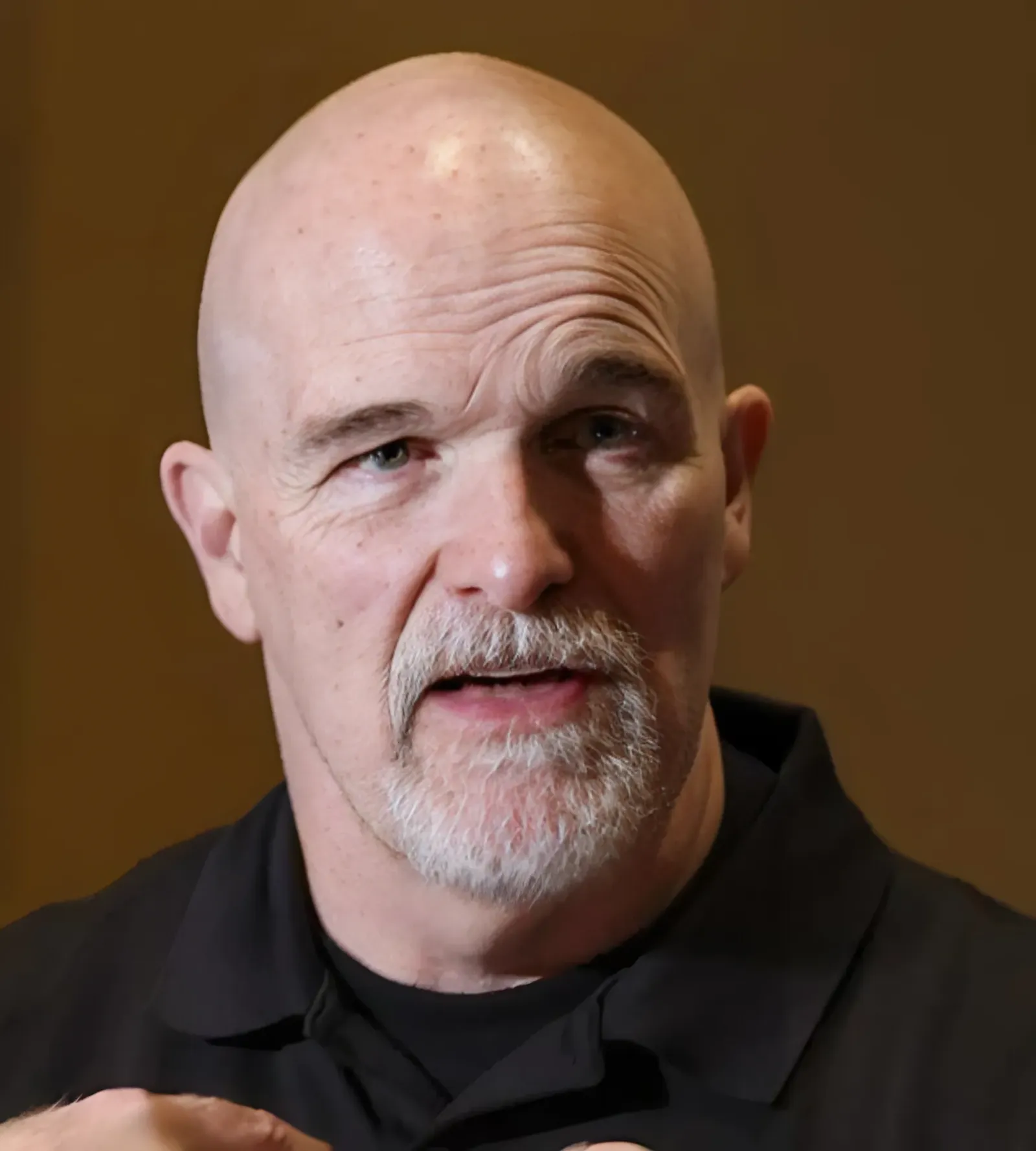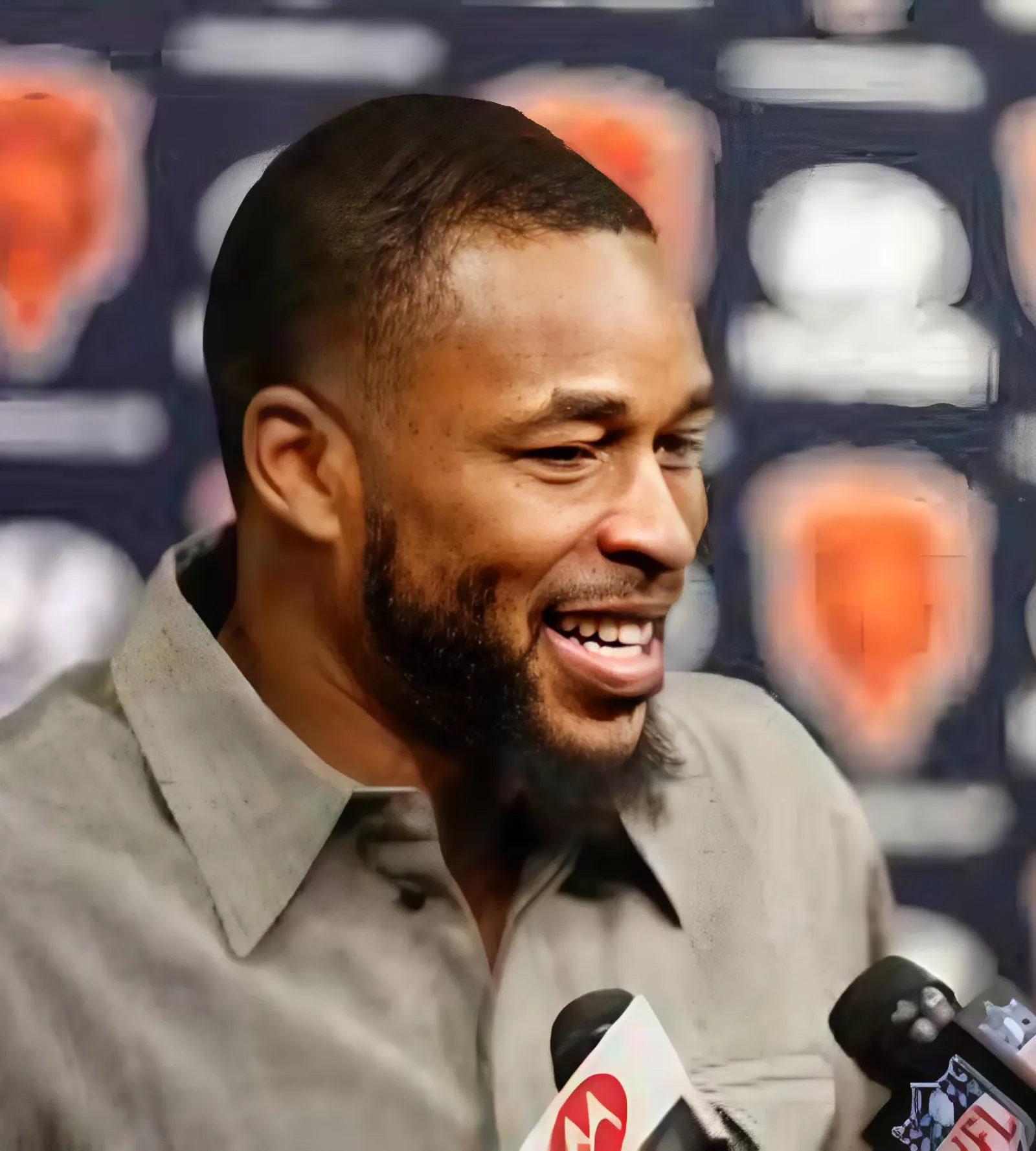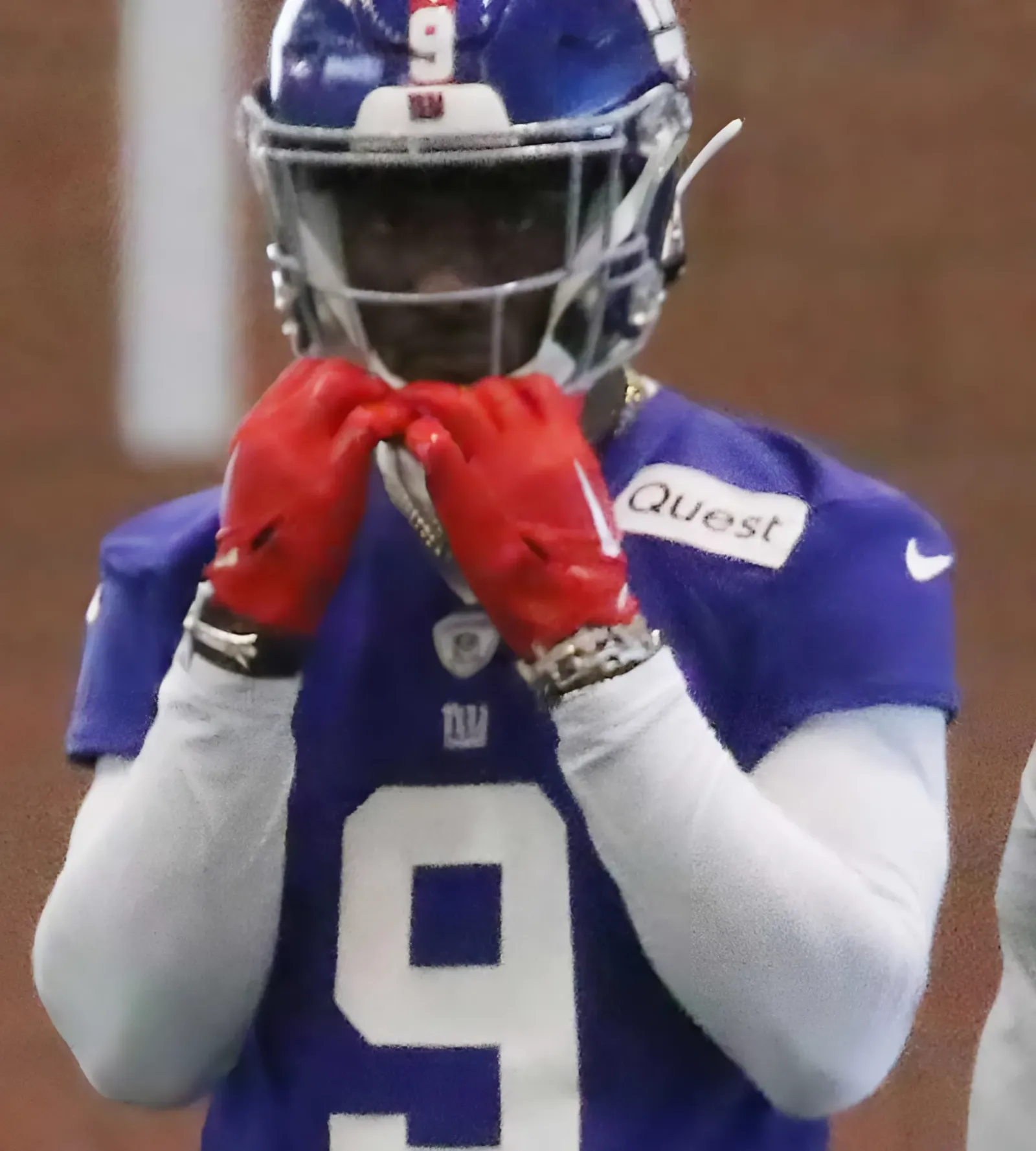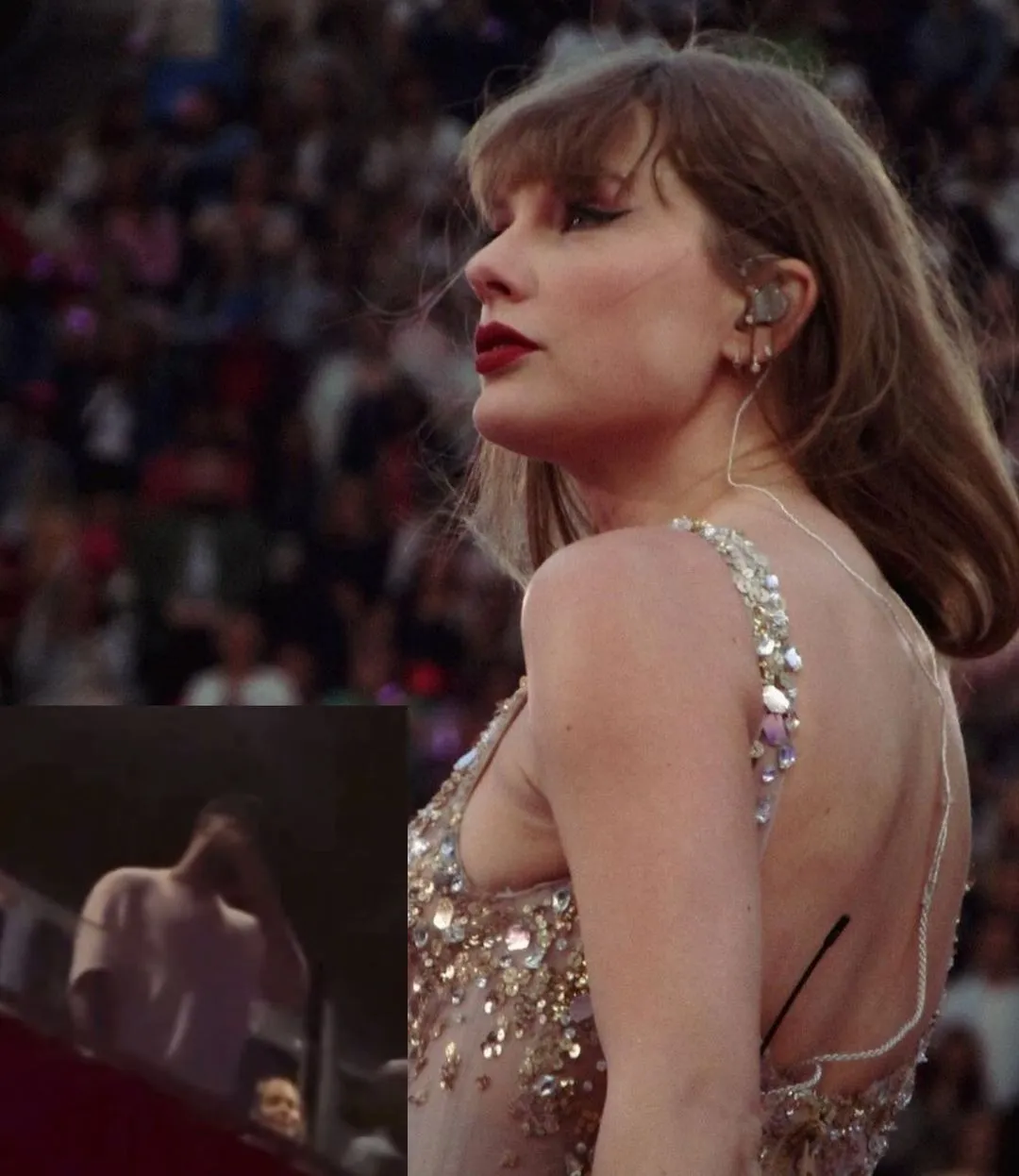
Since the 2023-24 season ended, the Sabres have made some significant changes. Many players are gone and plenty of new faces are set to hit the ice in a Buffalo uniform this fall. While fans wait for regular games once again, let’s look at how the Sabres’ offensive lines might look this upcoming hockey year.
Top line: Tuch, Thompson and Peterka
For the past few seasons, left winger Jeff Skinner, center Tage Thompson and right winger Alex Tuch often played together and scored together on the Sabres’ first offensive line. Head coach Don Granato frequently switched things up as last year went on, moving Skinner to the second line and promoting other forwards including Zemgus Girgensons, Jordan Greenway, and Casey Mittelstadt.
Now that Skinner left for Edmonton, Mittelstadt went to Colorado and Girgensons signed with Tampa, the Blue and Gold have some different forwards on the roster. If Tuch and Thompson stay at right wing and center, head coach Lindy Ruff will need a new reliable left wing.
Greenway would like the spot, but his 2023-24 record was 10-18-28, not the best scorer. Zach Benson is another winger who hopes to be a top-six forward, yet he only had 11-19-30, not much higher than Greenway’s numbers.
Right winger JJ Peterka, who shoots left, could play with right-shooting Tuch on the left and TNT at center. Peterka enjoyed 28 goals, 22 assists and 50 points last year. Jack Quinn, who was injured last season, saw a drop in productivity but could be on the team’s first or second line.
Second line: Quinn, Cozens and Benson, Greenway or McLeod
Dylan Cozens, with a strong work ethic, good productivity and a reputation for never shying away from a fight, is the Sabres’ obvious second line center. Right-shooting Jack Quinn and left-shooting Zach Benson are wingers who could cement the Blue and Gold’s second line.
Left wing Jordan Greenway, who hasn’t had the production level the team needs but improved his numbers since he came to Buffalo in 2022, is another choice.
Left-shooting center Ryan McLeod, who scored four goals in the NHL Playoffs and played in the Finals with the Edmonton Oilers, could also step in as a winger with Cozens and Quinn. Some observers feel McLeod would do better as a bottom-six forward than a top or middle-sixer.
However, his speed and play-making ability are two assets that can serve the Sabres well no matter where he ultimately ends up.
Third line: Malenstyn, Lafferty and Aube-Kubel
The Sabres could put together their third line with three new Buffalo players, Beck Malenstyn, Sam Lafferty and Nicolas Aube-Kubel. All three came to town as trades or free agents and all three could make solid bottom-six forwards.
Malenstyn had a 6-15-21 record in Washington, while Lafferty and Aube-Kubel’s stats were 13-11-24 and 6-10-16, respectively. These records aren't fantastic, yet they’re good on a third or even fourth line.
Lafferty brings playoff experience, going deep into the postseason with the Vancouver Canucks. Lafferty, like McLeod, can provide some guidance if Buffalo finally ends the NHL’s longest playoff drought this year. Malenstyn and Aube-Kubel also competed in the postseason for the Washington Capitals, although the Caps didn’t make it as far as the Canucks in 2024.
Fourth line: Zucker and Kulich, Rosen or Rousek
An intriguing fourth line possibility is a bottom-six heavy with Rochester Amerks who proved themselves enough to play in the NHL. Left-shooting forward Jiri Kulich could put on a Sabres’ jersey this fall at wing or center. Kulich's record with the Amerks was 27-18-45 in 2023-24.
Right winger Isak Rosen also had great stats in Rochester, with a 20-30-50 regular season record and 2 Calder Cup playoff goals. Lukas Rousek is a talented Rochester right winger who enjoyed 10 goals, 31 assists and 31 total regular season points. Either Rosen or Rousek is ready to come to Buffalo and maybe one of them will this season.
Left winger Jason Zucker bounced around in his NHL career. Zucker’s numbers dropped in recent seasons but he brings experience to a youthful Sabres’ roster. Zucker first played with the Minnesota Wild in 2011 and later competed for the Pittsburgh Penguins, Arizona Coyotes and Nashville Predators. Zucker can calm and mentor jittery fourth line players who are new to the big league.



